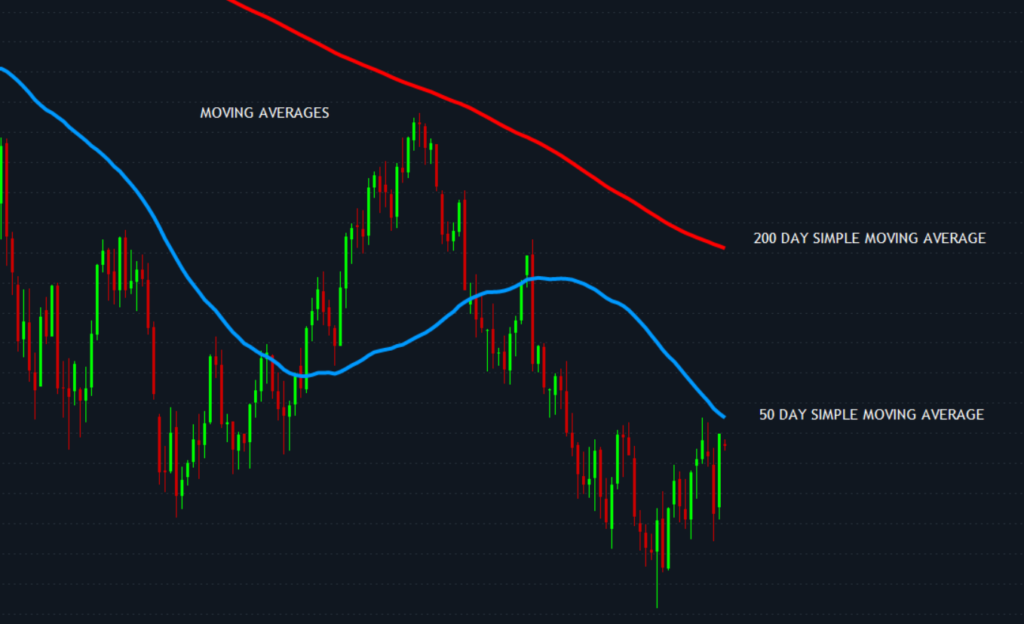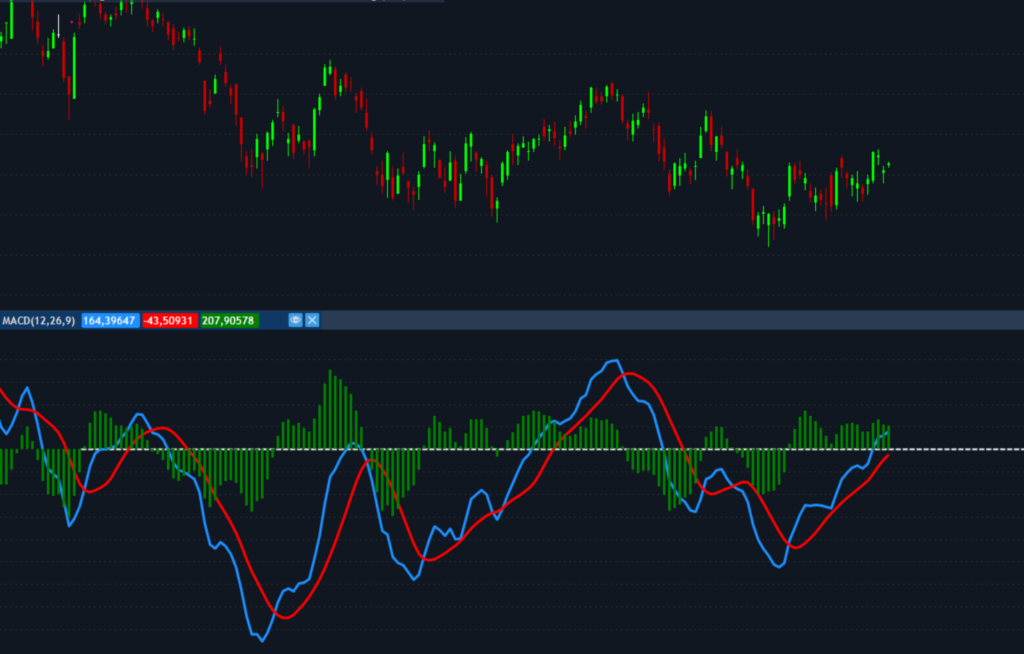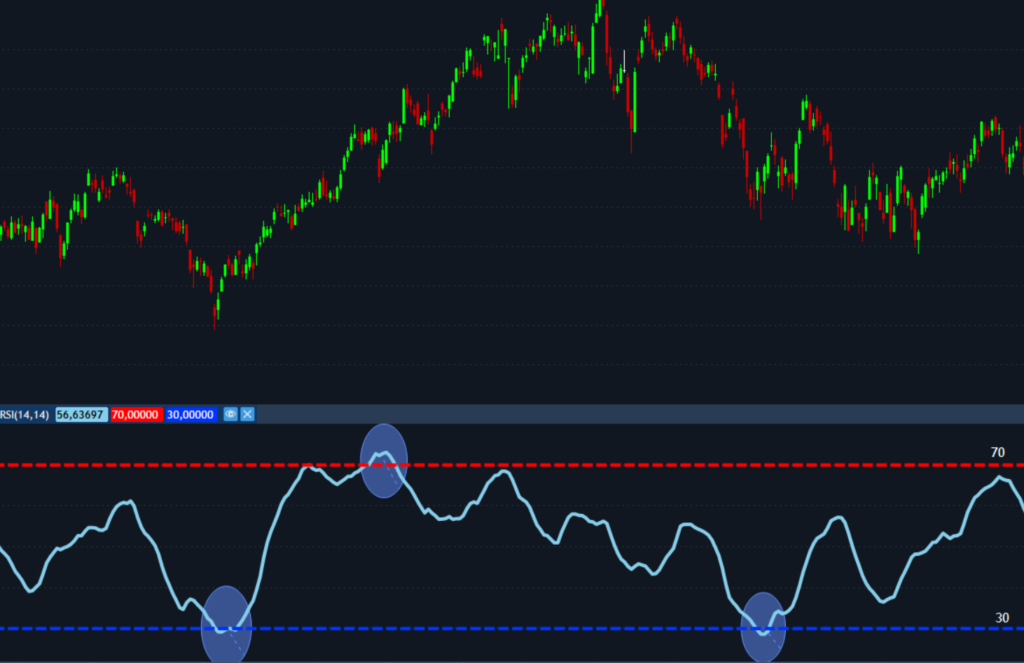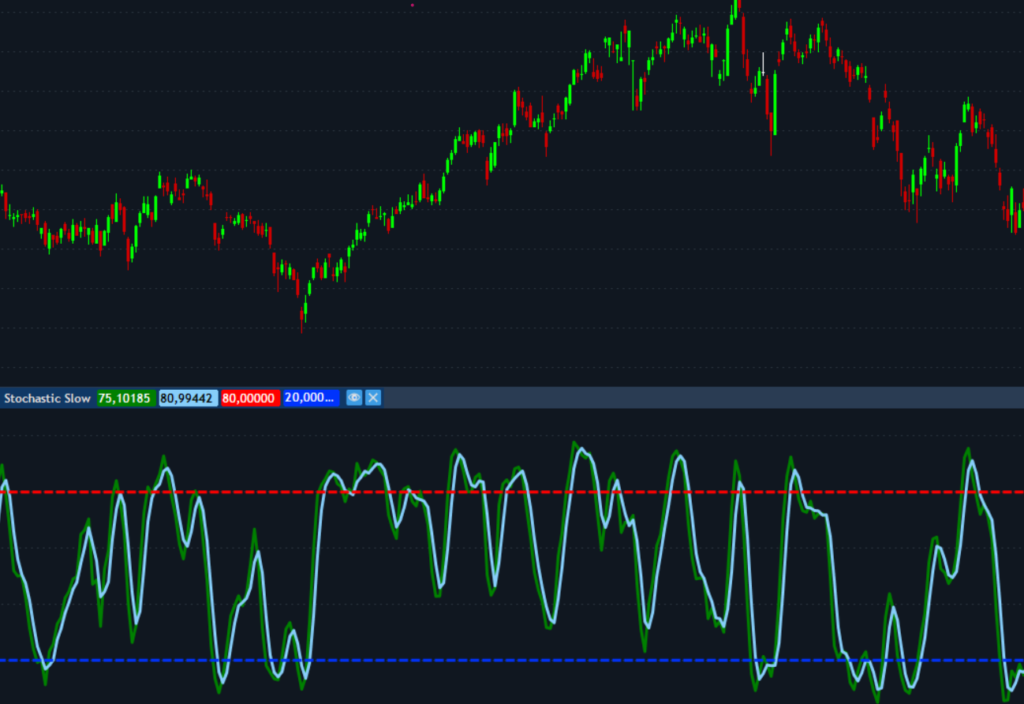
Traders and investors use technical indicators to gain insight into the supply and demand of securities and market psychology. Technical indicators, such as trading volume, provide clues as to whether a price move will continue. This way, investors/ traders use indicators to generate buy and sell signals.
Let’s look at four popular indicators used in technical analysis:
Moving Averages
The moving average is one of the most common indicators used in technical analysis. It is calculated to identify a stock’s trend direction or determine its support and resistance levels. The MA is a trend-following or lagging indicator based on past prices.
The longer the period for the moving average, the greater the lag. A 200-day moving average (MA) will have a much greater degree of lag than a 20-day MA because it contains prices for the past 200 days. The 50-day and 200-day moving averages are widely followed by investors and traders and are essential trading signals.

2 Types of Moving Averages
There are two types of moving averages, namely the Simple and Exponential moving averages. The simple moving average (SMA) is calculated by taking the arithmetic mean of a given set of values over a specified period. A collection of stock prices are added together and then divided by the number of prices in the group.
The exponential moving average (EMA) gives more weight to recent prices to make them more responsive to new information. The simple moving average (SMA) over a particular period is calculated first in calculating an EMA. Then calculate the multiplier for weighting the EMA, known as the “smoothing factor,” which typically follows the formula: [2/(selected period + 1)].
Moving Average Convergence Divergence (MACD)
The MACD indicator helps traders see the trend direction and momentum. It also provides many trade signals. When the MACD is above zero, the price is upward, and when the MACD moves below zero, it enters a downward phase.
The indicator comprises two lines which are the MACD line and the signal line. When the MACD line (faster line) crosses below the signal line (slower line), it indicates that the price is falling; when the MACD line crosses above the signal line, the price rises. The zero fields of the indicator aid in determining which signals to follow.

Relative Strength Index (RSI)
The relative strength index (RSI) indicator moves between zero and 100, plotting recent price gains versus recent losses. The RSI levels help in gauging momentum and trend strength.
The most basic use of an RSI is as an overbought and oversold indicator. The asset is considered overbought when RSI moves above 70, and below 30, the asset is oversold and could potentially rally. However, assuming is dangerous, as overbought and oversold levels can remain for weeks before reversing.

2 Basic uses of an RSI Indicator
Divergence – Divergence is another use of the RSI. When the indicator moves in an opposite direction than the price, it shows that the current price trend is weakening and could potentially reverse.
Support and Resistance – The RSI is also used to determine support and resistance levels, as, during uptrends, a stock will often hold above 30 and frequently reach 70 or above. When a stock is in a downtrend, the RSI will typically keep below 70 and frequently reach 30 or below.
Stochastic Oscillator
The stochastic oscillator measures the current price relative to the price range over many periods. The indicator is plotted between zero and 100, and the idea is that when the trend is up, the price should be making new highs, and vice versa; in a downtrend, the price tends to make new lows. The stochastic tracks whether this is happening.
The stochastic moves up and down relatively quickly as it is rare for the price to make continual highs, keeping stochastic near 100, or continual lows, keeping stochastic near zero. The stochastic is used as an overbought and oversold indicator. Values above 80 are considered overbought, while below 20 are considered oversold.





